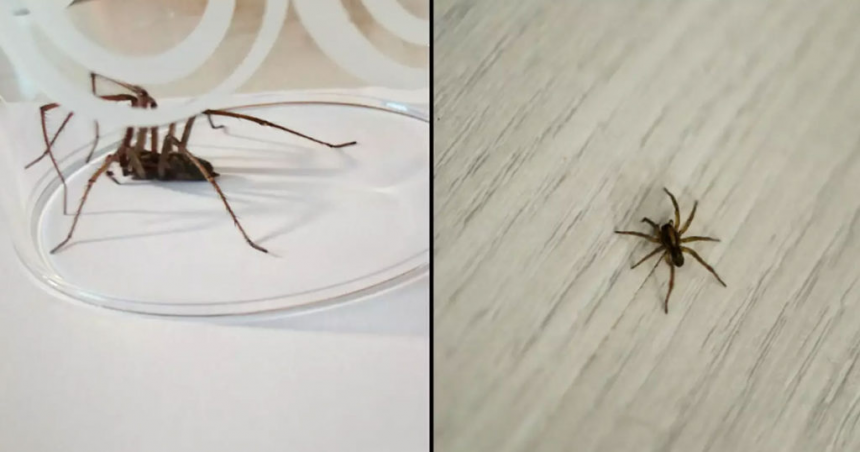It may seem compassionate to release a house spider outside, but it’s important to consider the implications for the spider. Simply relocating them outdoors may actually harm them more than help them.
The “Humane” Approach: Relocating A House Spider Outside

Spiders in your home, like the common house spider, play a vital role in controlling other bugs. However, the act of relocating them outside can expose them to harsh conditions they are not accustomed to, jeopardizing their survival.
The Reality of Outdoor Survival For A House Spider

House spiders have adapted to indoor living and may struggle to survive outdoors due to predators, temperature changes, and lack of resources. It’s essential to consider their habitat before attempting to relocate them.
Identifying House Spiders vs. Outdoor Spiders

Knowing whether a spider is a house spider or an outdoor spider can help in making an informed decision about relocation. House spiders are better suited for indoor environments, while outdoor spiders may fare better if placed back outside.
Alternative Solutions: Relocation Within the Home

Avoiding outdoor relocation, consider moving spiders to a different part of your home where you are less likely to interact with them. This preserves their role in pest control while ensuring their survival in a familiar setting.
Preventing Future Spider Encounters

Seal gaps and cracks in your home to prevent spider invasions. By creating a spider-proof environment, you can reduce the need for relocation and maintain a peaceful coexistence with these beneficial arachnids.
This content has, in part, been generated with the aid of an artificial intelligence language model. While we strive for accuracy and quality, please note that the information provided may not be entirely error-free or up-to-date. We recommend independently verifying the content and consulting with professionals for specific advice or information. We do not assume any responsibility or liability for the use or interpretation of this content.






